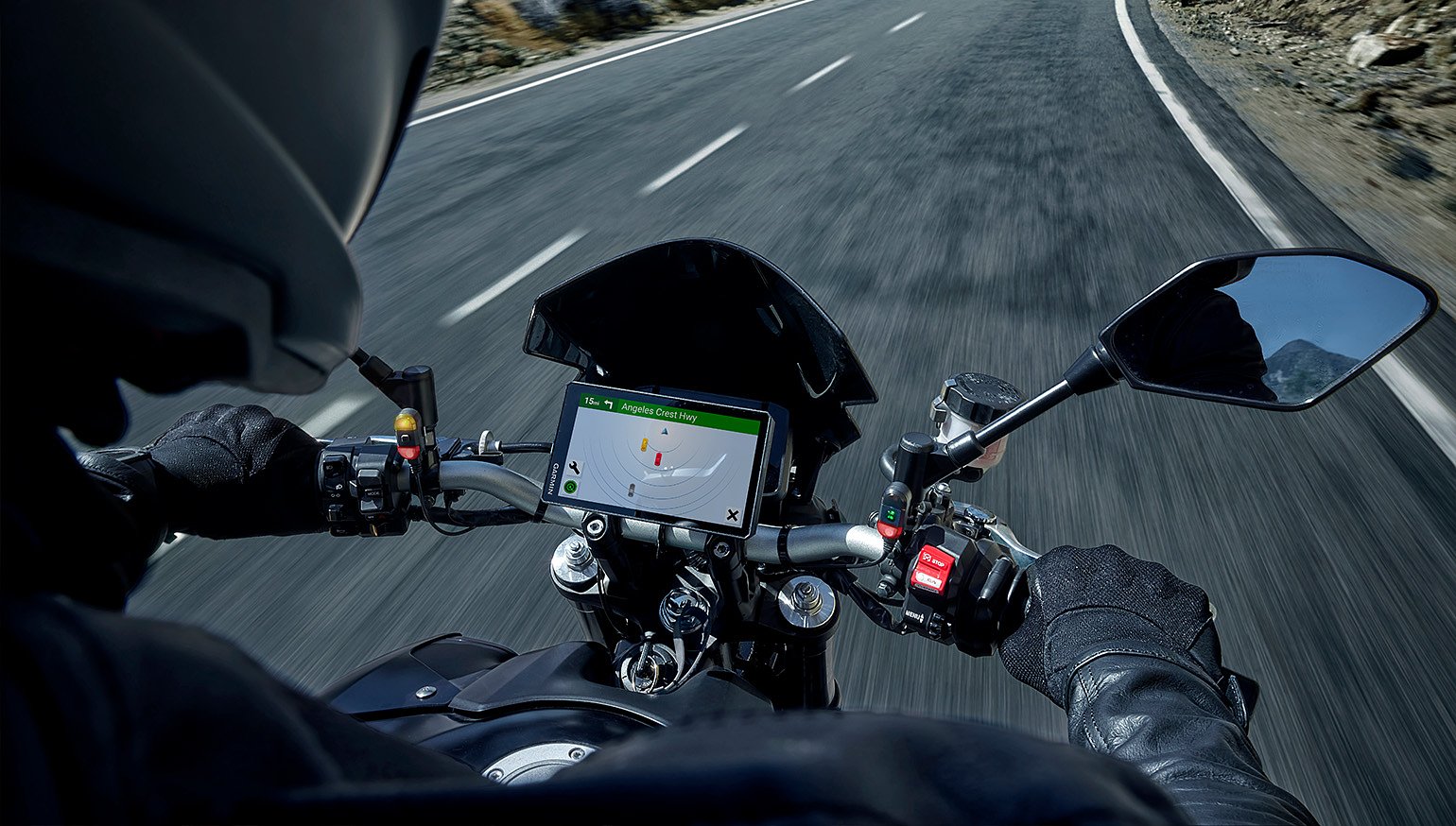The motorcycle industry suffers from shiny object syndrome. Every decade or so, some techno-mechanical “miracle” becomes the must-have thing. One manufacturer adopts the new gizmo and the rest fall in line. Right now, that “it” feature is radar-driven rider assistance systems.
It’s a familiar story when any modern rider aid debuts. Some riders embrace them. Others denounce them. That effect is two-fold with radar-based aids. Adaptive cruise control (ACC), for example, is downright divisive. The same can’t be said for blind spot detection (BSD), which was well received, by comparison.
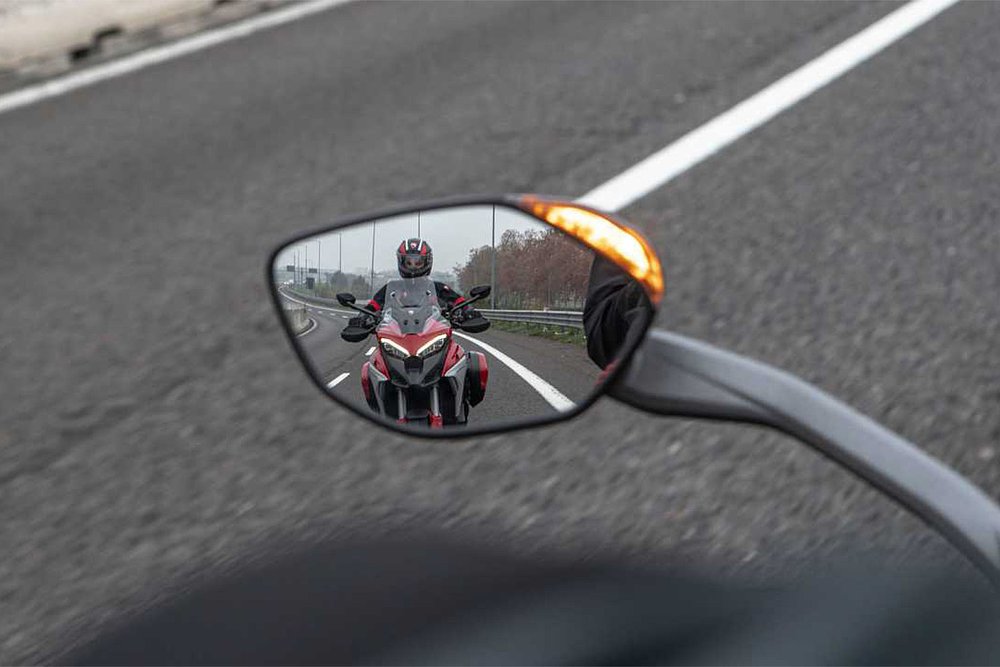
So, what’s the fuss, you ask? Well, for one, most OEMs only offer ACC and BSD in tandem. Such packages are often expensive. Plus, since radar tech is only available on flagship models, it adds cost to an already hefty price tag. That restricts ACC and BSD to top-dollar customers. That is, unless one turns to the aftermarket. New solutions are popping up that let you add radar tech to just about any motorcycle.
What goes unseen
British brand INNOVV produces dash cams and navigation systems. In September 2019, the company introduced the first iteration of its ThirdEYE blind spot detection system. That’s a full year before Ducati released the radar-equipped Multistrada V4 S.
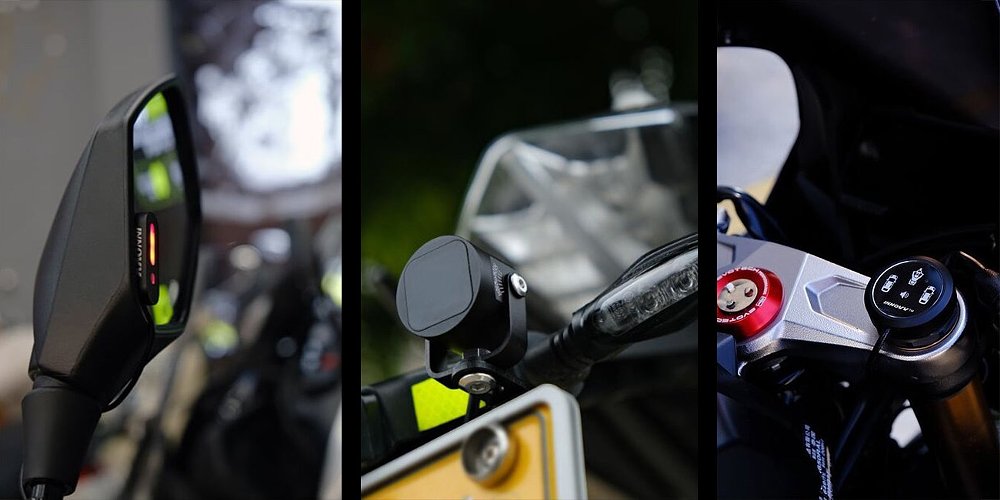
The latest generation of INNOVV’s ThirdEYE BDS arrived in 2023. Its rear-mounted 77-79 GHz radar unit detects up to 64 targets within a 164-foot range. That unit not only informs the system’s blind-spot detection but also drives its lane-change assist (LCA) and rear-collision warning (RCW) modes.
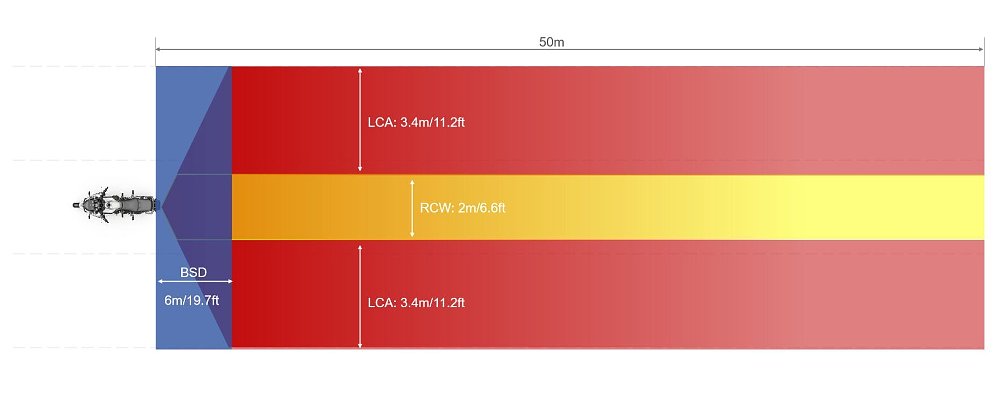
INNOVV isn’t the only player in this space. Taiwan’s Kiwan Motors sells its own BSD II system. Like INNOVV’s ThirdEYE, it operates a 79 GHz rear-facing radar. However, Kiwan’s unit only covers an 82-foot range in the adjacent lanes. It doesn’t offer RCW or LCA, either. On top of that, BSD II’s warning signals thread into the motorcycle’s mirror stalks, which somewhat limits compatibility.
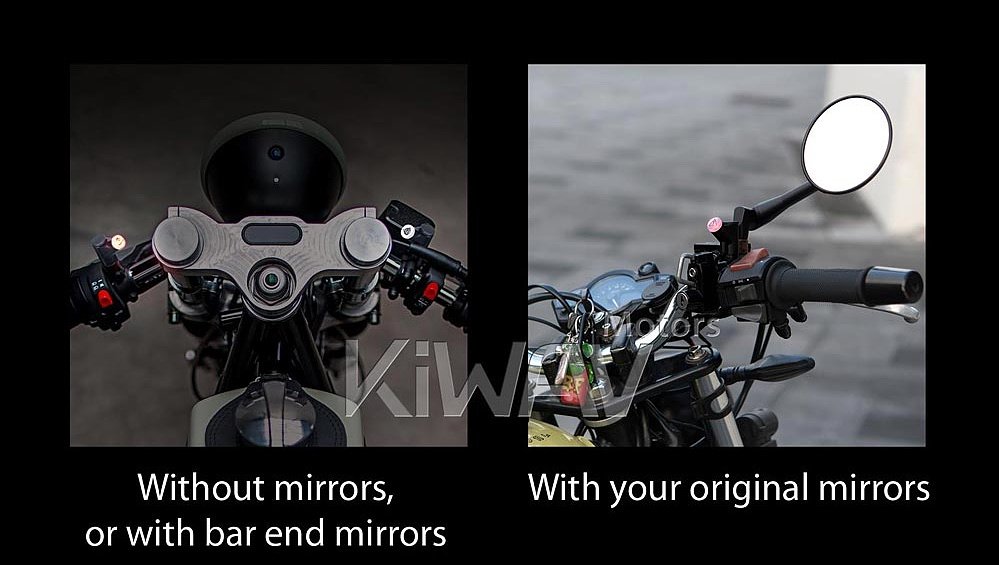
Price might also be a sticking point, as Kiwav charges $535 (currently on sale for $446) for the aftermarket system. That still cheaper the latest category entry: Garmin’s Zūmo R1 Radar.
At $599.99, the Zūmo R1 is the most expensive option on this list but it also hails from the best-known brand. Garmin equips the system with a compact radar unit that mounts above or below the bike’s license plate. In addition to the bar-mounted indicator lights, it also grabs the attention of other motorists with side-facing amber lights and optional rear-mounted red lights.
To visualize the surrounding traffic, users can pair the Zūmo R1 to their smartphone or Zūmo XT navigation display. For those who prefer to keep their eyes straight ahead, audio alerts are also available, but require pairing your headset via the Zūmo Radar smartphone app.
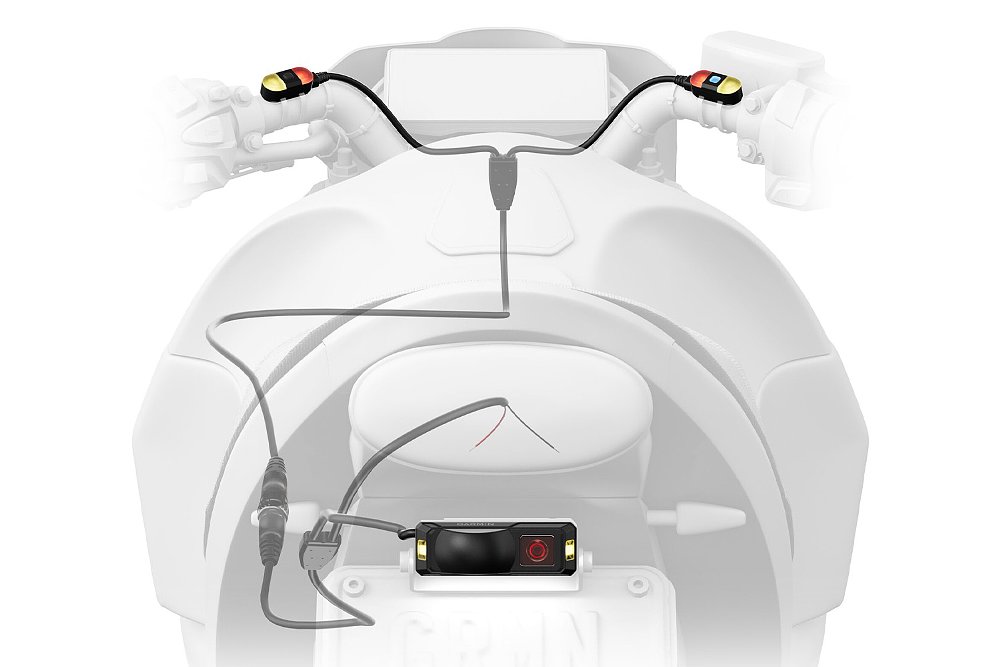
So shiny
Even with the Zūmo R1 in the mix, no aftermarket BSD costs as much as OEM systems. The most direct comparison is Triumph’s Tiger 1200 GT Explorer, which has blind spot detection but no adaptive cruise. Not only does the bike cost $23,795, but it tacks $1,900 onto the 1200 GT Pro’s $21,895 asking price. That’s a significant chunk of change considering the Explorer simply adds a 7.92-gallon tank, automatic electronic preload, and radar to the Pro’s base package.
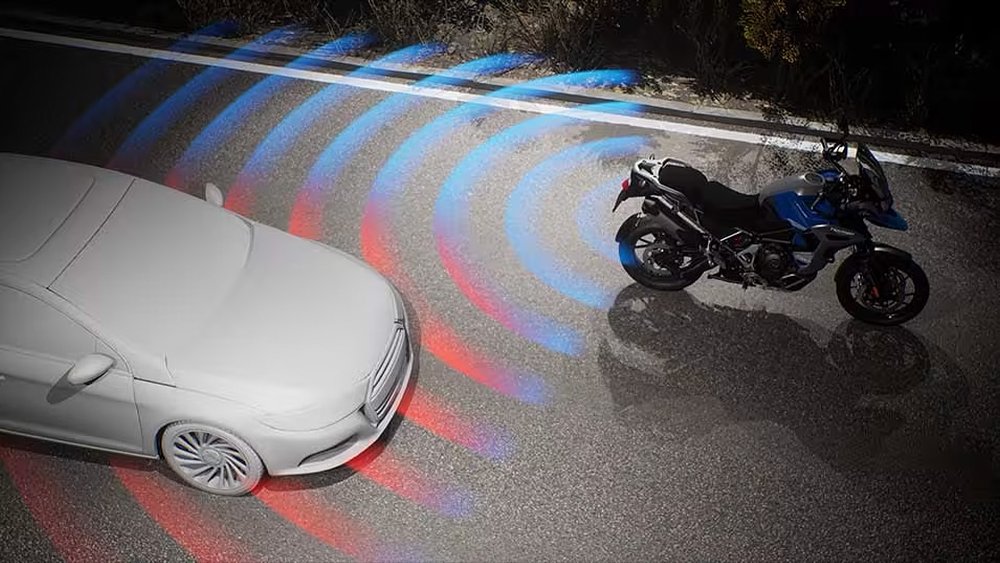
It’s OK to like shiny objects, especially when they add some safety along the way. That doesn’t mean you should be forced to purchase a $20,000 motorcycle to access them. With aftermarket BSD systems, the latest techno-mechanical “miracle” doesn’t cost a small fortune.




